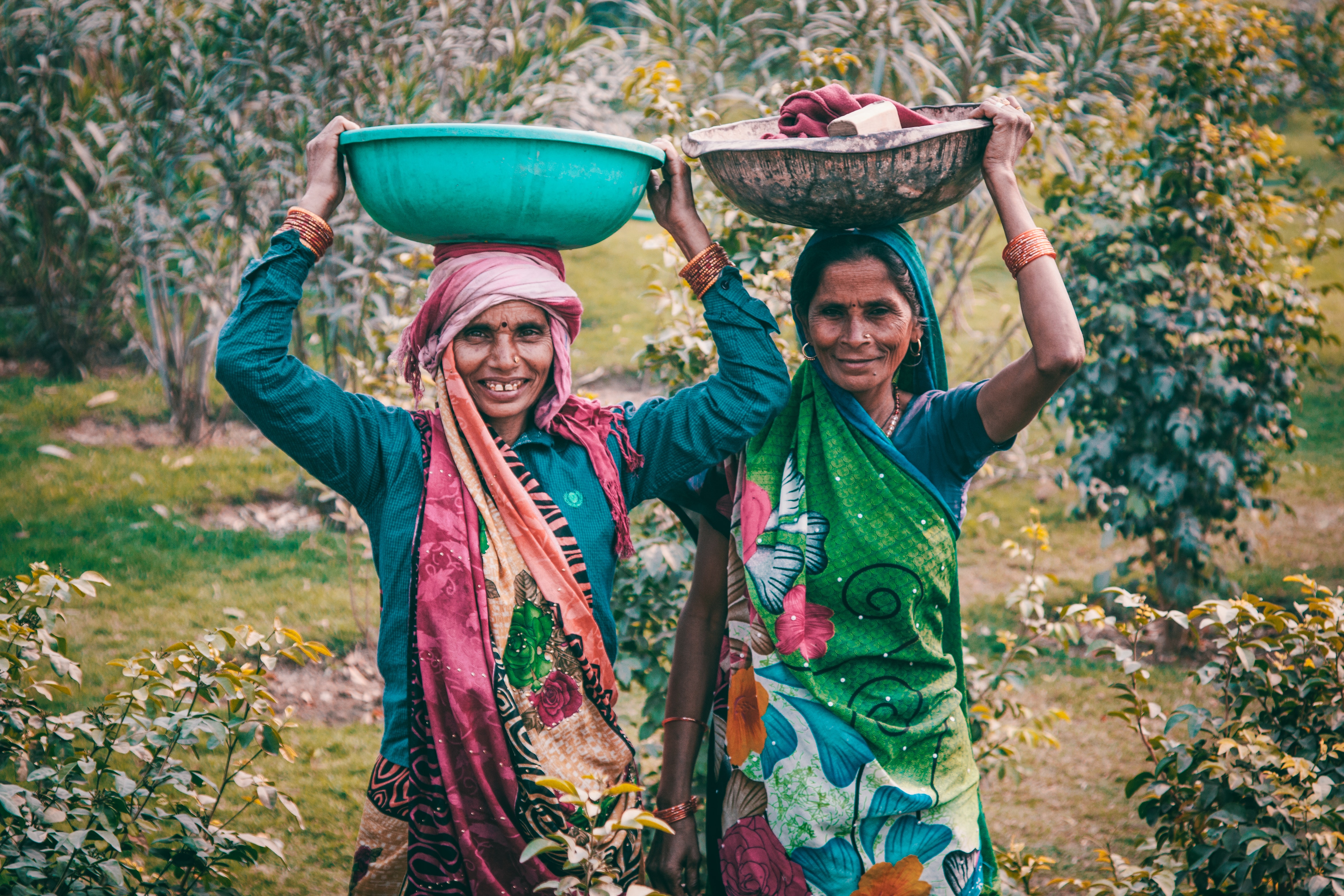caste and women

The word Caste is derived from the Portugese word "casta", meaning lineage, breed or race. The term "caste," when used in a cultural context, usually comes in conjunction with the social division of society, particularly in Hindu culturealthough young forms of caste system were seen to exist in other religions and societies, and particularly in feudal societieshe word Caste is derived from the Portugese word "casta", meaning lineage, breed or race. The term "caste," when used in a cultural context, usually comes in conjunction with the social division of society, particularly in Hindu culturealthough young forms of caste system were seen to exist in other religions and societies, and particularly in feudal societies.
The Caste System is practiced even today in the South Asian region, to be more precise. As the name suggests, it divides societies into different castes or groups based on the profession they chose during the history of their evolution. It came into sturdy practice in the Indian sub-continent along with the birth of Hindu religion, but even after many parts of South Asia disected to accept other religions that evolved with time and social difference, the caste system found its equal practice even in those communities.
This practice of caste system, as a result also transmuted into the Nepali society, a progeny of the same Indian sub-continent realm and more on grounds of a common cultural and religious inclination. The caste system in the religious form is basically a simple demarcation of society in which the upper four castes are arranged in a privileged hierarchy and below them the outcast. But socially, the caste system is more complicated, with many castes and sub-castes and divisions in account. However legally, the government discourages and restricts the practice of caste system but has a policy of affirmative discrimination to the backward classes.
That caste is perpetual and immutable, and has been transmitted from generation to generation throughout the ages of Hindu history and myth without any remarkable possibility of change. (V.Jayaram:1997:1,Caste System is the biggest threat to Hinduism, preliminary paper posted on [ http://www.hindusystem.com ])
The caste system in Nepal can be traced back to the introduction of Muluki Ain (1854) by Jung Bahadur Rana after his return from his European tour. The Muluki Ain (1854) was a written version of social code that had been in practice for several centuries in Nepal. The categories diverged from the four varnas of the classical Vedic model and instead had three categories to accommodate the tribal peoples between the pure and impure castes. These were further classified into five hierarchies in an order precedence. (Harka Gurung 2005:3,Occasional Papers in Sociology and Anthropology)
Analyzing it in Nepali context, the topic caste has a close proximity with woman. Nepal is the one of the caste-based discriminating societies, where women have the major influence of discrimination and violence. Relation of caste and women in Nepal is basically unjustifiable because being a woman, she is not entitled to all the advantages that society gives and governs, and this partiality is even severe for women from scheduled caste.
Society is one of the major factors playing role in caste-based discimination but the impact it has for women to some more extent is abominable. In Nepali society, women have no authority to make any social decisions but analyzing it in terms of caste, the most downtrodden subject of the society has been the women of lower caste stature where they are not only prohibited to enter the house or any other places governed by higher class but are also diffused of rights to speak and walk, and in the long run, they are the most inevitable victims of exploitation of all types.

Women and Caste are completely different affairs but in a society like ours that follow patriarchal order and where caste system is practiced at huge, we cannot put them separately. Women and caste come with different socio-cultural ethics and different societal norms, but depending on the way it has evolved in Nepali society over the years, all we can sum up is that women are the most subjugated class in Nepal, keeping in account the practices the society generally employ like gender inequality, patriarchal state of affairs, caste-based system and a male chauvinist order of governance.
Moreover, along with these issues, also come in conjunction is the practise of religious norms and values. Different religions have different views in establishing societal roles. Like in a Muslim community, women have barrier in their rights of making decisions in family affairs or of how they dress up. However, they are liberal in sharing knowledge. Similarly, in Hinduism, women with higher caste stature are less involved in exercising economic liberty than that of low caste women. Low caste women exercise more liberty in pecuniary affairs, but always lack social heed. Although Nepalese law has eliminated the practise of caste-based discrimination, it has been more frequently exercised and promoted by the higher caste order of precedence established by the society itself. This discrimination in a hierarchical pattern shifts down to the less disadvantaged group to finally the most disadvantaged character 'women'.
Muluki Ain has placed the status of women equal to that of man in sharing power as well as inheriting property rights. Muluki Ain does not advocate on caste-based discrimination rather emphasises on gender equality and the equity to every rights.
If women are still being suppressed on basis of caste division, their autonomy of power and participation in social and economic activites will never find a way. And this is what is happening since a long time.
On the contrary, even if some liberal societies argue of women empowerment, they are just in an infant stage. This philosophy has to be fed on the pysche of people and only then a positive development can be witnessed. In order to eradicate the practise of caste-based system, women’s liberty and access in economic affairs, educational sectors, social status and family matters should be reinforced and above all, should break all conventional boundaries of discrimination and exploitation. When this philosophy is clear, the society will see birth of another society where women can exercise liberty equal to that of men.



